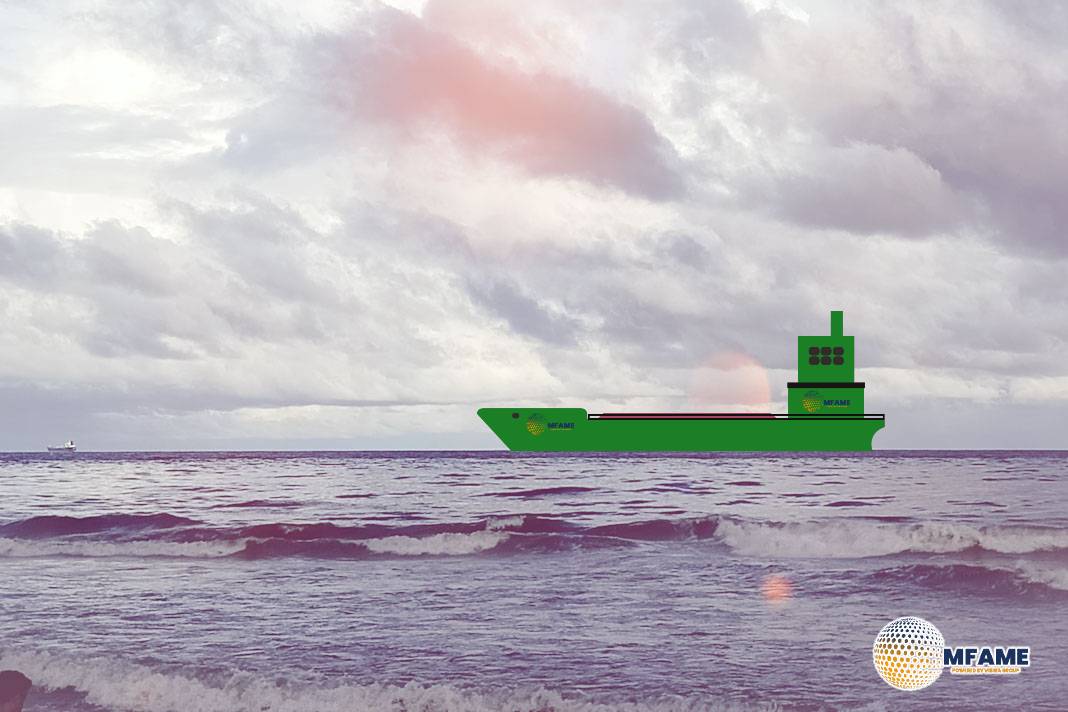The downturn in both oil and stock markets persists, with yesterday’s slight recovery proving to be short-lived. This negative sentiment is also impacting the Very Large Crude Carrier (VLCC) market, where freight rates are essentially stagnant, showing minimal movement despite a high volume of activity. The only mitigating factor for ship owners in this environment is the corresponding decline in bunker fuel prices, which is helping to offset some of the pressure from the low freight rates, reports Fearnleys.
VLCC
Despite the significant volatility observed in the stock market, the fundamental conditions within the tanker market remain relatively stable in the short term. Supported by lower bunker fuel costs, the daily earnings for top-performing tankers are averaging around USD 30,000, a level that has acted as a consistent floor in recent months.
However, the actions of US President Trump are undoubtedly influencing market sentiment. The powerful emotions of fear and greed are at play, and currently, charterers hold a dominant position in negotiations.
On a more positive note for the tanker industry, OPEC+ has decided to reverse some of its production cuts, agreeing to increase output by 411,000 barrels per day starting in May. The cargo stems resulting from this increased production are expected to enter the market as early as next week, which should help to limit further downward pressure on tanker rates.
Suezmax
Yesterday was a day of significant market activity, particularly in the Suezmax sector, with notable developments occurring in the US market. Replacements for both Aframax and Suezmax vessels saw a surge in rates, with reported fixtures on subjects (subs) reaching 70,000 dwt at WS200 and 145,000 dwt at WS102.5, respectively.
A recent Suezmax fixture for loading between April 27th and 28th, on a vessel departing Canaport on April 16th, repeated the WS102.5 rate. This clearly illustrates the tight vessel availability on both sides of the Atlantic, with charterers willing to take on potentially less optimal itineraries to secure tonnage while still paying firm rates. For the remaining cargoes loading between April 25th and 30th, it’s anticipated that more unconventional local itineraries will be utilized, particularly from US East Coast (USAC), East Coast Canada (ECC), and US Gulf (USG) positions, as tonnage originating from the UK Continent-Mediterranean (UKCM) with April estimated times of arrival (ETAs) is becoming scarce.
Out of West Africa, there remains a substantial number of outstanding cargoes, a significant portion of which are replacements. Owners’ reluctance to extend subjects suggests an expectation that the market still has the potential for further upward movement, which is understandable given the current underlying market factors.
However, a lower rate was observed for an Angola/East Coast Canada (ECC) fixture (possibly with a two-port discharge). Considering the vessel’s expected availability in Saldanha on April 17th and factoring in a significant flat rate component, this particular deal appears logical. In terms of volume, the market is approaching the final stages for April loadings. However, with the CPC (Caspian Pipeline Consortium) beginning to work on May loading dates, owners in Europe will have an additional stream of cargo to consider once activity in West Africa inevitably slows down towards the end of this week or early next week.
Aframax
The latter part of last week saw significant chartering activity, covering a substantial portion of the second decade of April loading dates. However, some cargoes are still without fixed vessels, potentially leading to delays in delivery windows or longer voyages to find suitable tonnage. The beginning of this week has been slow, but rates in the US market have strengthened, which is likely to incentivize more vessels to ballast (sail empty to position) towards that region. The availability of naturally positioned tonnage is currently lower but is expected to increase somewhat as we move into the third decade of April.
The Mediterranean market experienced robust activity, but the large number of available vessels created a competitive environment, pushing rates downwards as fixing for the third decade of April commenced. The Black Sea region has maintained higher earnings, with limited opportunities for Aframax vessels and a scarcity of available candidates. A forthcoming test of the market will reveal any potential rate corrections. The resilience of adjacent shipping sectors will play a crucial role in shaping the direction of the Mediterranean market in the near term.
Did you subscribe to our daily Newsletter?
It’s Free Click here to Subscribe!
Source: Fearnleys



















